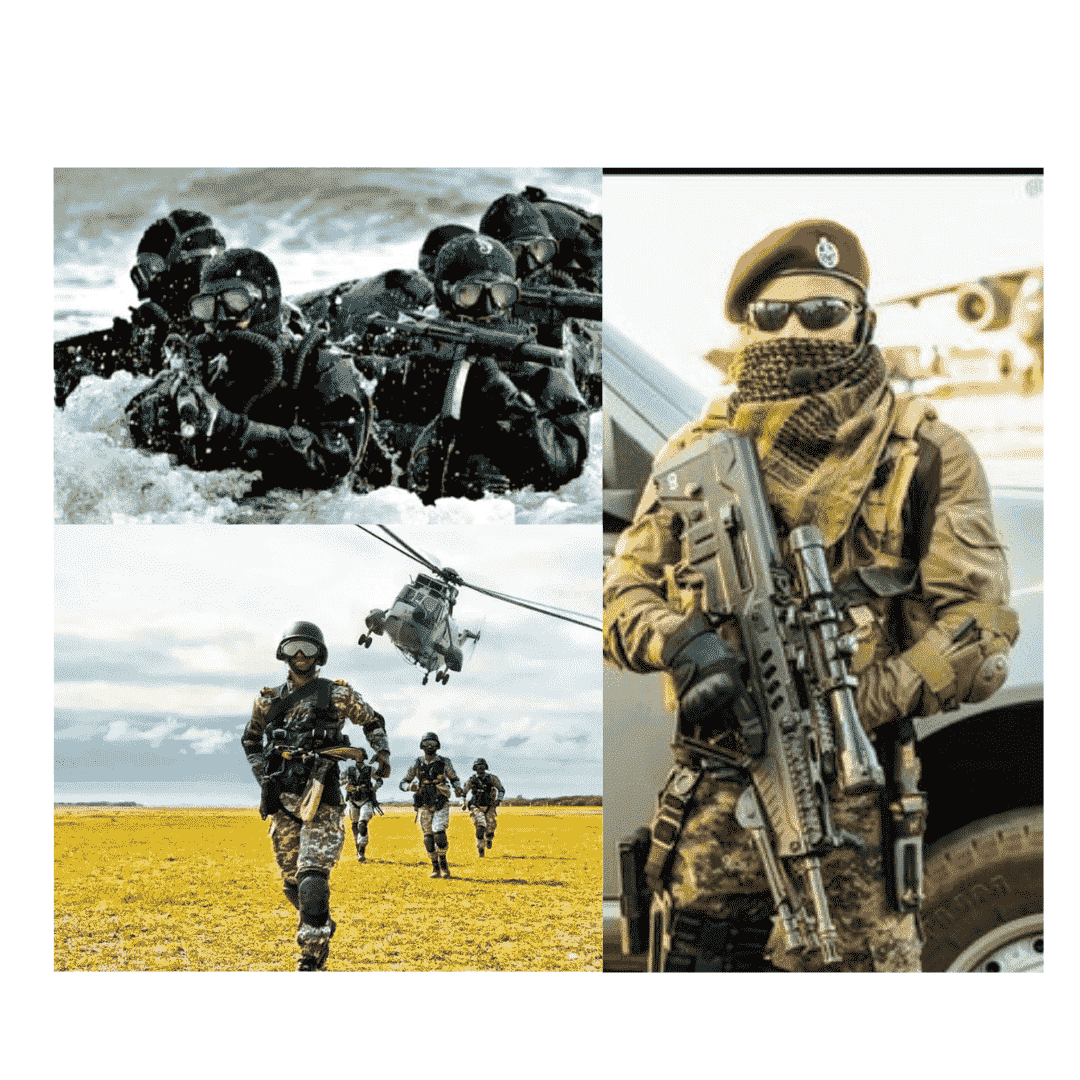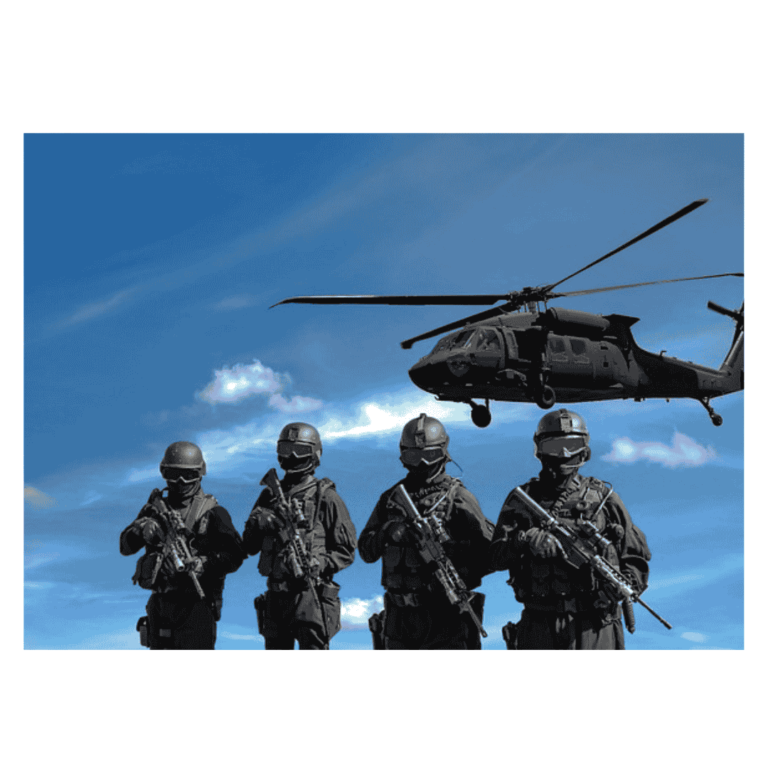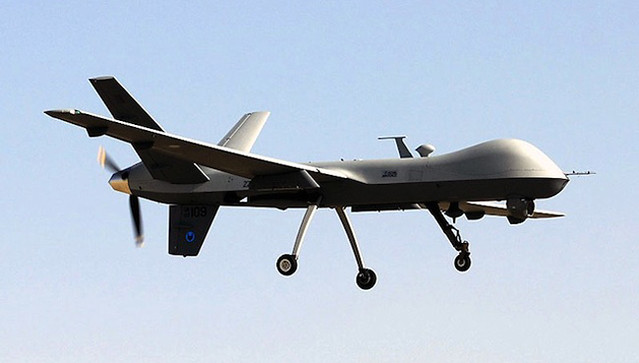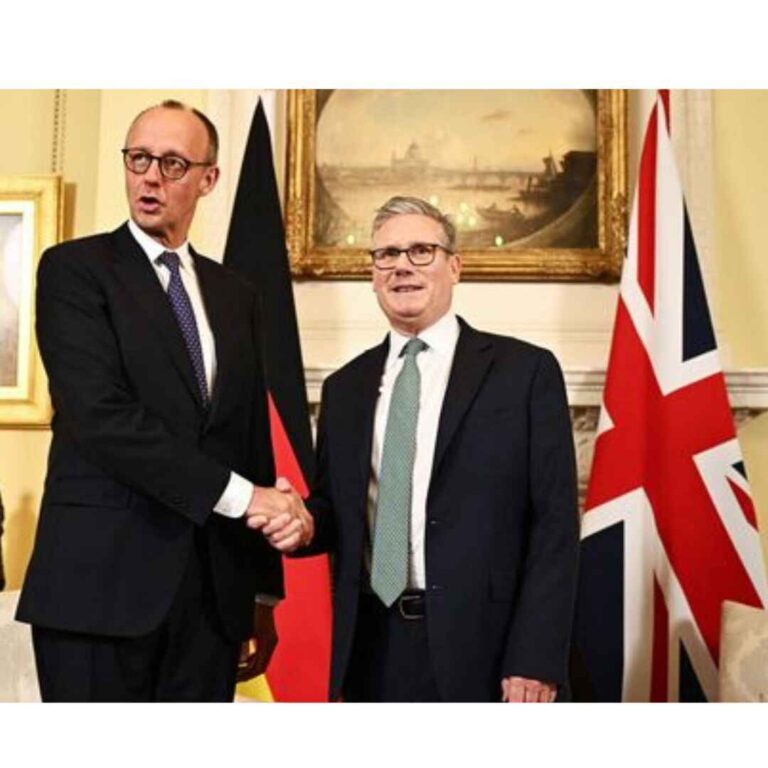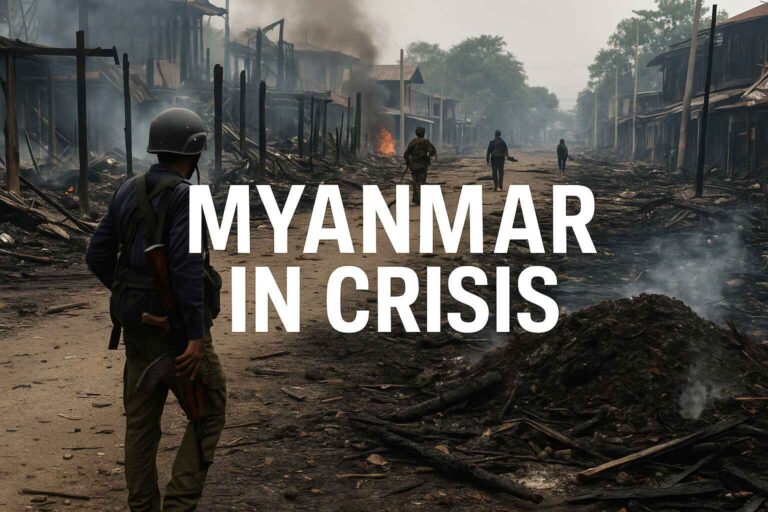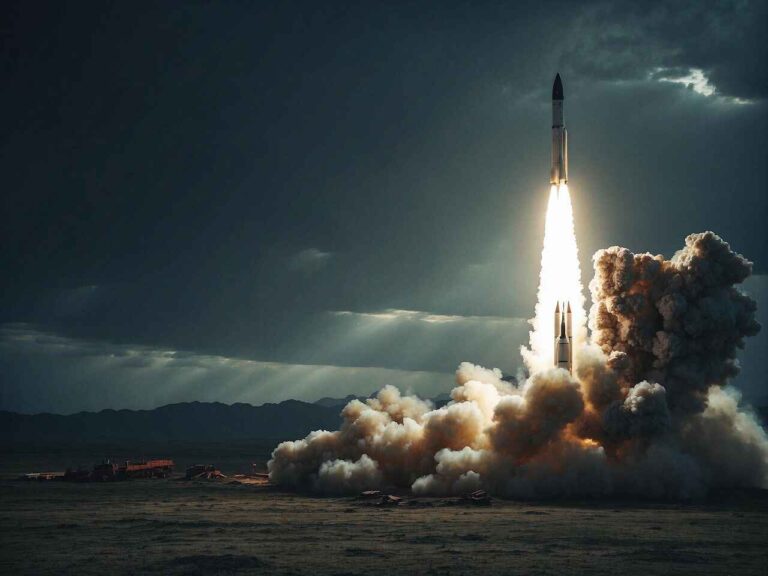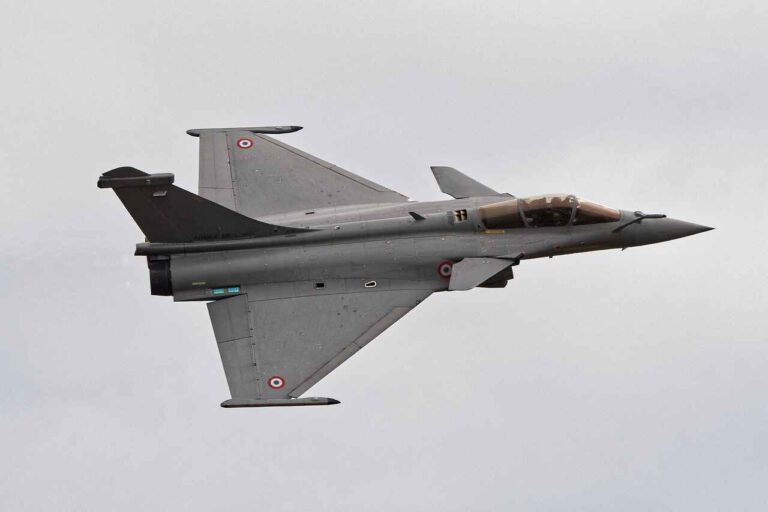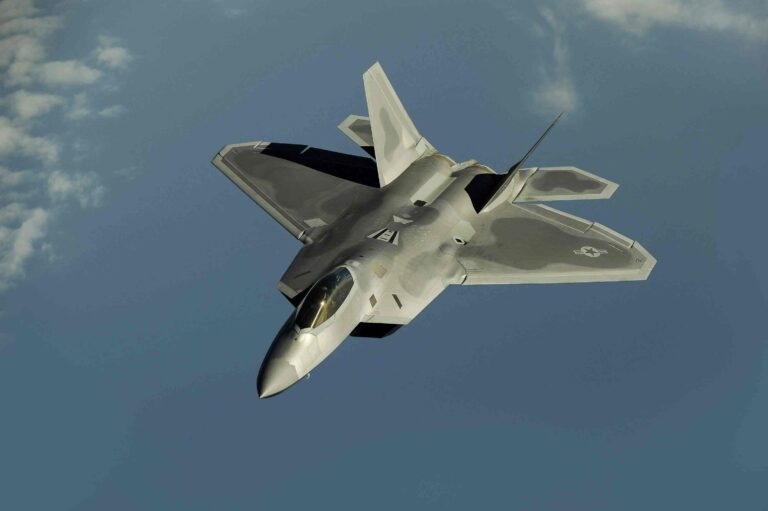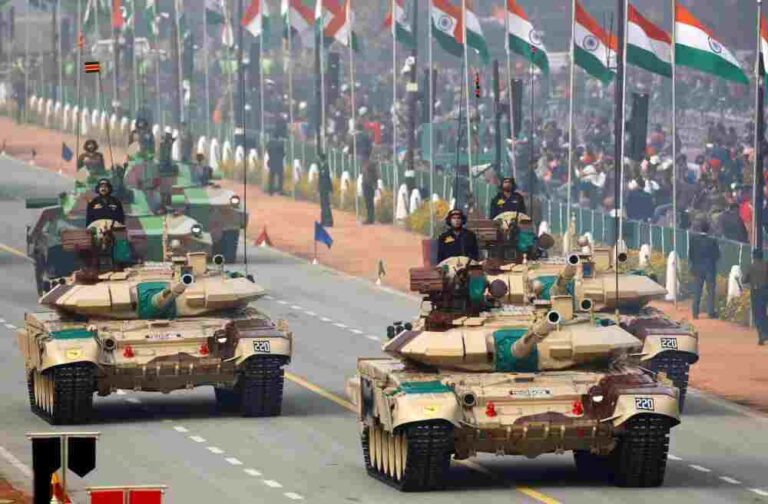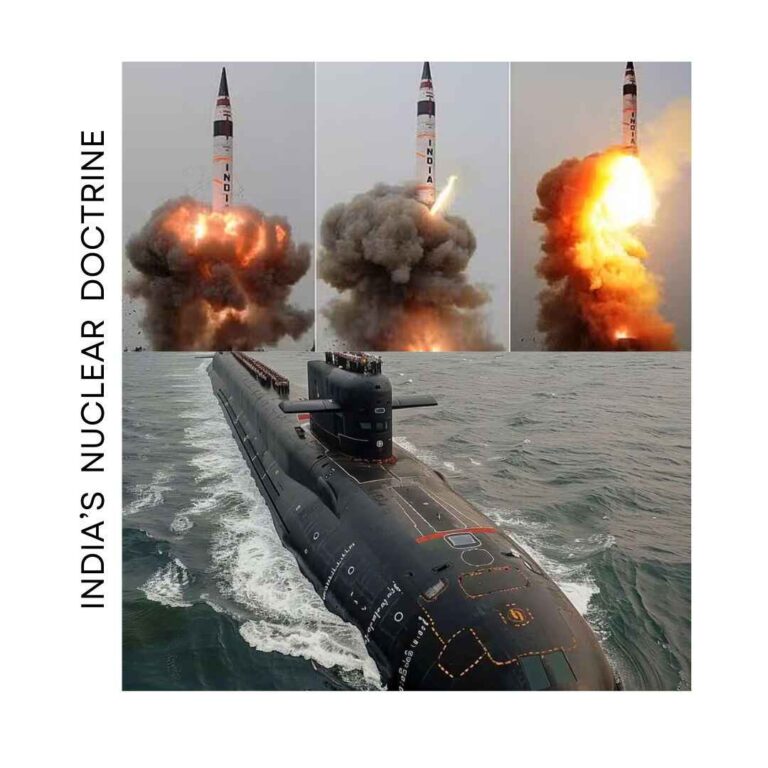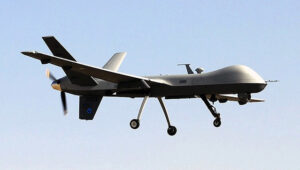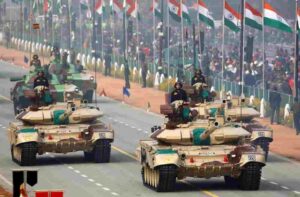Introduction
In the dynamic and evolving environment of modern warfare, conventional military forces alone are often insufficient to address the complexities of contemporary conflicts. Special forces—elite military units trained to perform high-risk, precision operations—have emerged as a pivotal component of national security strategies across the globe. Their role extends beyond traditional battlefield engagements, encompassing counter-terrorism, covert operations, and asymmetric warfare, making them indispensable in scenarios where speed, agility, and precision are paramount.
Special forces are trained to operate in environments with unique challenges, such as urban warfare, high-altitude terrains, and hostile regions where traditional military operations may falter. They are tasked with missions that demand surgical precision, whether neutralizing terrorist threats, rescuing hostages, or conducting intelligence-driven strikes deep within enemy territory. The rise of non-state actors, cyber warfare, and hybrid conflicts—where conventional and unconventional tactics are combined—has further underscored the need for elite units capable of responding swiftly and decisively.
Special forces of India, including the Para (Special Forces), MARCOS, and Garud Commando Force, are at the forefront of the country’s defense modernization efforts. Their success in high-stakes operations such as the 2016 surgical strikes in Pakistan-administered Kashmir or counter-terrorism missions in insurgency-prone areas has solidified their reputation as a key element in safeguarding national security. These elite units operate in the shadows, often behind enemy lines, executing missions critical to the strategic objectives of the Indian armed forces.
History and Evolution of India’s Special Forces
Indian Special Forces have evolved into highly specialized units equipped to handle complex and shifting nature of conventional and unconventional warfare. The journey of these elite forces, from their nascent beginnings post-independence to their modern-day prominence, reflects the growing defense needs, responses to geopolitical tensions, and the evolving threats to national security. The evolution of these forces marked by key milestones in India’s military history, each shaping their capabilities and roles in the defense apparatus.
Post-Independence Beginnings: The Paratroopers
India’s special forces trace their roots back to the early years following independence. In 1952, the Indian Army formed its first airborne unit, the 1st Parachute Regiment, known for its agility, rapid deployment, and quick-strike capabilities. While this regiment laid the groundwork, the Indo-Pakistani War of 1965 revealed gaps in India’s ability to conduct unconventional warfare and covert operations behind enemy lines. This pivotal conflict underscored the need for a specialized force capable of addressing unconventional military challenges, setting the stage for creating elite units designed for covert, behind-the-lines operations.
Birth of the Para Commandos (1966)
The lessons of the 1965 war led to the official formation of the Para Commandos in 1966, marking the beginning of dedicated special forces. Initially tasked with airborne operations, raids, and unconventional warfare, the Para Commandos quickly expanded their capabilities to include intelligence gathering, reconnaissance, and sabotage missions. Their reputation as elite warriors was cemented during the 1971 Indo-Pakistani War, particularly in East Pakistan (now Bangladesh), where they launched covert sabotage missions and high-value intelligence gathering.
MARCOS and NSG
The 1980s saw a significant expansion of special forces in response to emerging threats, including terrorism and the need for maritime operations. This period witnessed the establishment of two special units:
MARCOS (Marine Commandos): In 1987, MARCOS was designed for maritime special operations, drawing inspiration from the US Navy SEALs and the British Special Boat Service (SBS). This elite unit quickly became indispensable in counter-insurgency operations, especially in Jammu & Kashmir, and took a central role in safeguarding maritime interests in the Indian Ocean.
National Security Guard (NSG): The assassination of Prime Minister Indira Gandhi in 1984 and the rise of domestic terrorism prompted the creation of the NSG, a specialized counter-terrorism and hostage rescue unit. The NSG earned its reputation during Operation Black Thunder in 1986 and the 2008 Mumbai terror attacks, showcasing its expertise in high-risk, urban combat situations.
Special Frontier Force (SFF): A Covert Asset
The Special Frontier Force (SFF), established in 1962 following the Sino-Indian War, remains one of the most secretive and specialized units. Originally composed of Tibetan refugees trained in guerrilla warfare, the SFF operates covertly, often in tandem with intelligence agencies like RAW. Known for their expertise in high-altitude warfare, the SFF has played a critical role in operations along the northern border, particularly during tensions with China in Ladakh and Arunachal Pradesh.
Garud Commando Force
As global security dynamics shifted in the 21st century, Indian special forces underwent significant modernization to address emerging threats like terrorism, insurgency, and asymmetric warfare. One of the notable additions during this period was the formation of the Garud Commando Force in 2004. This elite unit, specializing in airfield protection, counter-terrorism, and rescue missions, brought the Indian Air Force into special operations capabilities.
Indian special forces also began participating in joint military exercises with elite units from around the world, including the US Navy SEALs, British SAS, and Israeli special forces. These collaborations helped Indian units enhance their tactical capabilities, embracing cutting-edge technologies such as drones, precision-guided munitions, and night-vision systems.
Cobra Commandos
The Commando Battalion for Resolute Action (COBRA) formed in 2009, is a specialized unit under the Central Reserve Police Force (CRPF) designed to tackle insurgencies, particularly Maoist insurgents of India’s “Red Corridor.” COBRA commandos are trained in jungle warfare, ambush tactics, and guerrilla warfare, often operating in dense forests and challenging terrains where insurgents thrive.
Specialized in jungle warfare, COBRA units are adept at tracking, engaging, and neutralizing insurgent groups in dense, hostile environments.
Key Operations Involving Indian Special Forces
Indian special forces have been instrumental in several high-profile operations, both within and outside the country, showcasing their strategic importance and capability to execute complex missions under extreme conditions. These operations have highlighted their expertise in counter-terrorism, surgical strikes, rescue missions, and covert warfare, cementing their status as critical assets in India’s defense strategy. Below is a detailed account of some of the key operations involving India’s elite units.
Operation Bluestar (1984) – National Security Guard (NSG)
Operation Bluestar was launched to evict Sikh militants, led by Jarnail Singh Bhindranwale, who had fortified the Golden Temple complex in Amritsar. The operation was carried out in response to growing separatist demands and escalated violence in Punjab.
The NSG, along with the Indian Army, spearheaded the assault to clear the heavily fortified temple. The operation, though successful in eliminating the militants, was extremely controversial due to the high civilian casualties and damage to the temple.
The operation resulted in the neutralization of over 500 militants but also led to significant political fallout, including the assassination of Prime Minister Indira Gandhi later that year.
Operation Cactus (1988) – Para (Special Forces)
In 1988, the Maldives experienced an attempted coup by a group of mercenaries led by Maldivian businessman Abdullah Luthufi. The Indian government responded swiftly under the request of Maldives President Maumoon Abdul Gayoom.
A battalion of Para (Special Forces) was air-dropped into the Maldives within hours of the request for assistance. The special forces quickly took control of key installations, neutralized the mercenaries, and restored order.
The operation was a resounding success, earning India international recognition for its rapid military response and solidifying its influence in the Indian Ocean Region.
Operation Pawan (1987-1990) – MARCOS and Para (Special Forces)
As part of the Indian Peace Keeping Force deployment in Sri Lanka during the civil war, Indian forces were tasked with maintaining peace and facilitating the disarmament of the Liberation Tigers of Tamil Eelam (LTTE).
MARCOS carried out amphibious raids and provided maritime support to the Indian Peace Keeping Force, while Para SF conducted high-risk operations behind enemy lines. The mission, however, faced numerous challenges due to the guerrilla warfare tactics employed by the LTTE.
While Indian forces succeeded in some operations, the overall mission was deemed a strategic failure, as it led to significant Indian casualties and eventually resulted in the withdrawal of Indian forces from Sri Lanka in 1990.
Operation Black Tornado (2008) – NSG
On November 26, 2008, 10 terrorists from the Lashkar-e-Taiba group launched a coordinated attack on multiple locations in Mumbai, including luxury hotels, railway stations, and hospitals, resulting in hundreds of casualties and hostages being taken.
The NSG, specially trained for urban warfare and hostage rescue, was deployed to tackle the terrorists. NSG commandos stormed the Taj Mahal Palace Hotel, Oberoi Trident Hotel, and Nariman House to eliminate the heavily armed terrorists and rescue hostages.
The operation lasted nearly 60 hours, ending with the elimination of nine terrorists and the capture of one, Ajmal Kasab. The bravery of the NSG commandos in the face of such a high-risk operation was widely lauded, though the attacks exposed vulnerabilities in India’s internal security mechanisms.
Surgical Strikes (2016) – Para (Special Forces)
In September 2016, four heavily armed militants attacked an Indian Army base in Uri, Jammu and Kashmir, killing 19 soldiers. In response, India launched surgical strikes on terrorist launch pads in Pakistan-administered Kashmir.
Teams from the Para SF crossed the LoC under the cover of night, infiltrating up to 3 kilometers into enemy territory. They destroyed multiple terrorist camps and launch pads using explosives, and then exfiltrated without any casualties.
The surgical strikes were a significant military and diplomatic success, sending a strong message to Pakistan and other terrorist networks about India’s resolve. It also marked a shift in India’s approach to handling cross-border terrorism.
Operation Khukri (2000) – Para (Special Forces)
Indian soldiers, part of a UN peacekeeping force, were trapped by the Revolutionary United Front (RUF) rebels in Sierra Leone. The mission was aimed at rescuing the soldiers surrounded by hostile forces.
Para SF commandos were deployed to lead the extraction of the soldiers, navigating difficult jungle terrain and facing intense resistance from the rebels. Air and ground support were coordinated for the successful rescue.
All 223 Indian soldiers were successfully rescued, marking Operation Khukri as one of the most successful overseas operations conducted by the Indian military.
Balakot Air Strikes (2019) – Garud Commando Force
After a terrorist attack in Pulwama, Jammu & Kashmir, which killed 40 CRPF personnel, the Indian Air Force (IAF) conducted airstrikes on Jaish-e-Mohammed’s terror camps in Balakot, Pakistan.
The Garud commandos were involved in securing the IAF bases, providing airfield protection, and supporting the pilots during the airstrikes. Their role was crucial in ensuring that the air operations were executed without any security breach.
The airstrikes successfully targeted the terror camps, though it heightened tensions between India and Pakistan. The operation underscored the ability of India’s special forces to safeguard strategic military assets during such high-stakes missions.
2020 India-China Standoff – Special Frontier Force (SFF)
The 2020 Galwan Valley clashes led to increased tensions between Indian and Chinese forces along the Line of Actual Control (LAC) in eastern Ladakh. India needed to counter Chinese advances in the region’s mountainous terrain.
The Special Frontier Force, adept at high-altitude warfare, was instrumental in occupying key strategic heights along the southern banks of Pangong Tso, giving India a tactical advantage in negotiations.
The deployment of the SFF helped maintain India’s territorial integrity in a sensitive geopolitical region, showing the critical role of covert forces in modern border conflicts.
Modernization of Indian Special Forces
As global security challenges evolve, the role of special forces has become indispensable in modern warfare. In India, elite units such as the Para (Special Forces), MARCOS, and Garud Commandos are at the forefront of responding to asymmetric threats, counter-terrorism, and high-risk operations. Their increasing importance stems not just from their operational excellence but also from the ongoing modernization and adoption of advanced technologies over the years.
Cutting-Edge Weaponry
Indian elite units are now armed with some of the most advanced personal weapons globally, significantly boosting their combat effectiveness. The Tavor X95 assault rifle and Sig Sauer 716 rifles are standard for their precision and versatility. The sniper rifles such as the Barrett M95 and Sako TRG-42 offer exceptional accuracy for long-range targets. For close-quarter battles, sidearms such as the Glock 17 and tactical knives equip commandos with crucial tools for rapid response and silent kills. The grenade launchers and anti-tank guided missiles equip these forces to efficiently dismantle fortified enemy positions and counter armored threats with precision.
Night Vision and Drone-Based Reconnaissance
Operating under the cover of darkness has long been a defining trait of special forces missions. With modern night vision goggles (NVGs) and thermal imaging systems, Indian commandos can now function effortlessly in low-light environments, greatly enhancing their capacity to ambush or infiltrate enemy lines undetected. Adding to this capability is the use of drones and Unmanned Aerial Vehicles (UAVs), which have transformed intelligence gathering and surveillance. UAVs deliver real-time information on enemy movements and terrain, enabling precise mission planning and execution while keeping personnel out of harm’s way.
Enhanced Communication and Tactical Gear
One of the pillars of modern special forces is secure, real-time communication. Indian commandos now rely on encrypted radios and satellite phones to ensure their operations remain covert, even in remote or hostile environments. This upgrade has significantly improved coordination during multi-team missions. Additionally, advanced tactical gear, including combat helmets with integrated communication systems, wearable technology for real-time GPS tracking, and advanced body armor, ensures that soldiers are safeguarded and well-informed during high-risk missions.
Mobility Through Advanced Platforms
Special operations often require rapid deployment and extraction, and Indian special forces are now supported by some of the best platforms available. The modernization of MARCOS has introduced high-speed maritime platforms, crucial for amphibious assaults and anti-piracy operations. Land-based units, such as the Para (Special Forces), benefit from all-terrain vehicles (ATVs) facilitating fast movement across rugged landscapes. Air insertion capabilities have also improved, with helicopters like the Mi-17 V5 and Chinook playing pivotal roles in both transport and fire support. The Dhruv and Apache helicopters further enhance aerial mobility, enabling quick troop insertions and extractions in otherwise inaccessible areas.
Counter-Terrorism and Urban Warfare
Indian special forces are now equipped with cutting-edge breaching tools, such as explosive charges and hydraulic devices, which allow them to infiltrate fortified enemy positions in urban settings. Robotics also play a role in counter-IED (Improvised Explosive Device) missions, reducing the risk to personnel. Tactical shields, ballistic vests, and riot control gear provide additional protection during hostage rescue and counter-terrorism operations.
International Collaboration and Joint Exercises
International collaboration and joint military exercises are crucial in enhancing the operational capabilities of defense forces. For India, a country facing diverse security challenges—from terrorism to border skirmishes—the role of special forces has become increasingly pivotal. To keep its elite units at the forefront of countering emerging threats, Indian special forces participate in joint exercises and form partnerships with their international counterparts.
Enhancing Tactical Expertise Through Joint Exercises
One of the key benefits of international military collaboration is the ability to train alongside world-renowned special forces. Indian special forces—comprising units like the Para (Special Forces), MARCOS (Marine Commandos), and the Garud Commandos—have participated in numerous joint exercises with elite counterparts, such as the U.S. Navy SEALs, British SAS, Russian Spetsnaz, and Israeli Special Forces.
The annual Vajra Prahar exercise with the U.S. Special Forces stands out as a significant event in India’s defense calendar. This exercise focuses on counter-terrorism, hostage rescue, and precision strikes, helping Indian commandos stay sharp in high-pressure environments. Through these drills, both Indian and U.S. forces share tactics, training methodologies, and combat experiences, ensuring cross-pollination of skills that are crucial in joint operations.
Similarly, Exercise Indra with Russian Spetsnaz is another important engagement. Conducted annually, this joint exercise emphasizes counter-insurgency and counter-terrorism operations, enabling India’s special forces to learn from the rich combat experience of their Russian counterparts, especially in urban and high-intensity conflict scenarios.
Cross-Learning and Technological Exchange
Participating in international exercises not only hones combat skills but also facilitates the exchange of technologies and operational strategies. For instance, joint training exercises with Israeli Special Forces, who are world leaders in counterterrorism and urban warfare, have provided Indian special forces with insights into precision targeting and hostage rescue operations. These exercises allow India’s elite units to familiarize themselves with cutting-edge technology like drones, thermal imaging, and advanced communication systems that Israeli forces use in covert missions.
Collaborations with the United Kingdom’s SAS through exercises such as Ajeya Warrior further broaden the scope of India’s tactical abilities. Indian commandos benefit from the SAS’s expertise in covert operations, deep reconnaissance, and high-altitude warfare. This cross-training is invaluable for Indian forces, especially given their involvement in counter-insurgency operations in Kashmir and other volatile regions.
Maritime Special Operations
India’s maritime special operations unit, MARCOS, regularly trains with international naval forces, with a focus on counter-piracy, anti-terrorism, and amphibious warfare. Exercises such as Malabar—a trilateral naval exercise involving the U.S., Japan, and Indian Navies—allow MARCOS commandos to refine their skills in maritime domain awareness, boarding operations, and search-and-rescue missions.
The Sangam series of exercises with the U.S. Navy SEALs further sharpens the operational edge of MARCOS by incorporating aspects of underwater demolition, reconnaissance, and direct-action missions. These joint drills have helped MARCOS develop advanced techniques for operating in harsh maritime environments and executing critical missions with precision.
Strengthening Regional Security
India’s participation in multinational exercises has also helped enhance regional security by building trust and interoperability with neighboring and allied nations. Exercises like Khaan Quest (Mongolia), Shakti (France), and Ekuverin (Maldives) focus on peacekeeping, counter-terrorism, and high-intensity conflict simulations. These exercises contribute to India’s strategic objectives of maintaining regional stability and showcasing the capabilities of its special forces in a variety of operational theaters.
Khaan Quest provides a platform for Indian special forces to work alongside troops from Asia, Europe, and North America in simulated peacekeeping operations, focusing on humanitarian assistance and disaster relief. This not only enhances India’s global standing but also prepares its forces for potential multinational operations under the United Nations banner.

